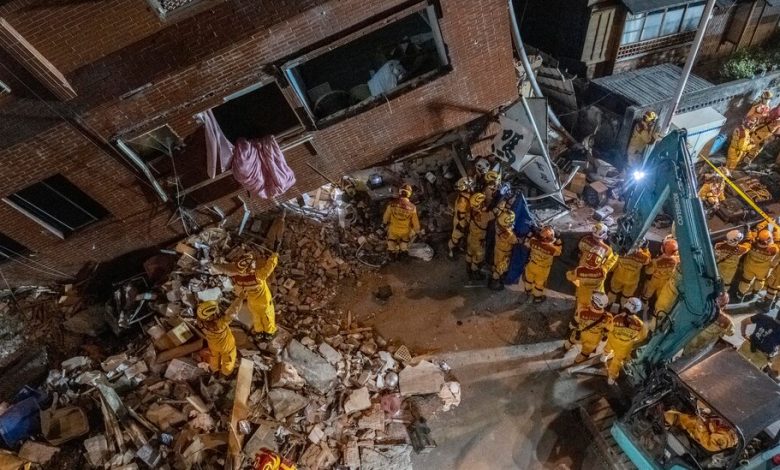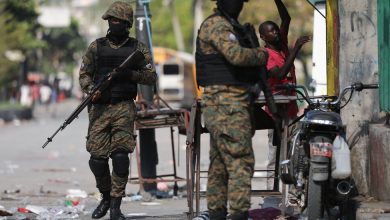Why Taiwan Was So Prepared for a Powerful Earthquake

When the largest earthquake in Taiwan in half a century struck off its east coast, the buildings in the closest city, Hualien, swayed and rocked. As more than 300 aftershocks rocked the island over the next 24 hours to Thursday morning, the buildings shook again and again.
But for the most part, they stood.
Even the two buildings that suffered the most damage remained largely intact, allowing residents to climb to safety out the windows of upper stories. One of them, the rounded, red brick Uranus Building, which leaned precariously after its first floors collapsed, was mostly drawing curious onlookers.
The building is a reminder of how much Taiwan has prepared for disasters like the magnitude-7.4 earthquake that jolted the island on Wednesday. Thanks to a combination of improvements in building codes, public awareness and highly trained search-and-rescue operations — and possibly a dose of good luck — the casualty figures were relatively low. By Thursday, 10 people had died and more than 1,000 others were injured. Several dozen were missing.
“Similar level earthquakes in other societies have killed far more people,” said Daniel Aldrich, a director of the Global Resilience Institute at Northeastern University. Of Taiwan, he added: “And most of these deaths, it seems, have come from rock slides and boulders, rather than building collapses.”
Across the island, rail traffic had resumed by Thursday, including trains to Hualien. Workers who had been stuck in a rock quarry were lifted out by helicopter. Roads were slowly being repaired. Hundreds of people were stranded at a hotel near a national park because of a blocked road, but they were visited by rescuers and medics.

People cry and react to their family members after being rescued from Taroko National Park where they had been stranded, in Hualien County.





